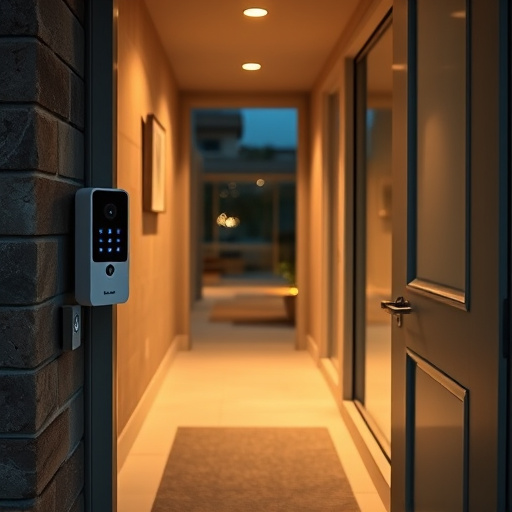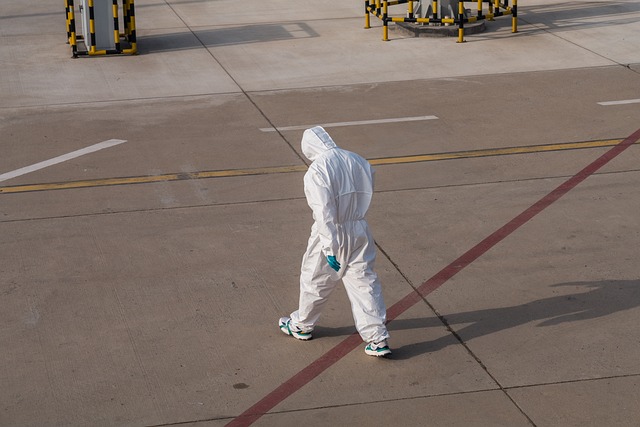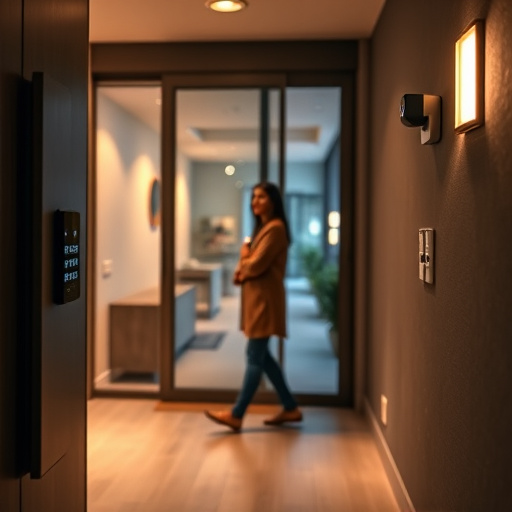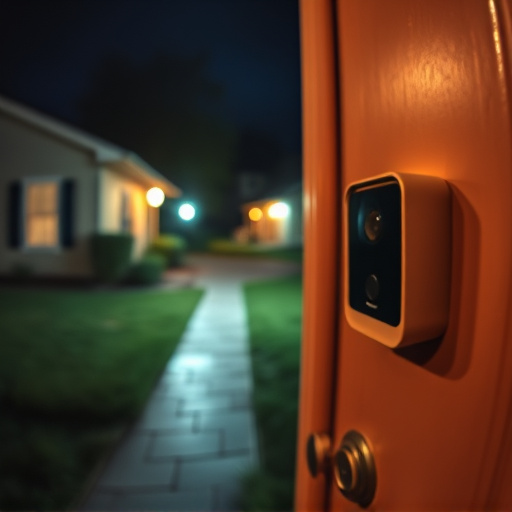TL;DR:
Awareness and mindfulness are crucial DIY safety practices that empower individuals to protect themselves in public. By staying alert, observing surroundings, trusting instincts, and taking swift action, people can identify potential threats and take proactive measures for their well-being. Simple safety improvements like scanning the environment, knowing emergency exits, and avoiding distractions significantly enhance personal security, making these everyday protection steps vital for navigating diverse situations safely.
Personal safety is a fundamental aspect of our daily lives, but it’s often overlooked. This article offers practical and simple DIY safety tips to empower individuals with the knowledge and skills to enhance their personal security. From awareness and vigilance in public spaces to physical self-defense techniques and online data protection, these easy safety improvements can make a significant difference. Discover how to transform your everyday experiences into more secure ones with these simple yet effective safety strategies.
- Awareness and Vigilance: The Foundation of DIY Safety
- – Enhancing situational awareness
- – Tips for staying alert in public spaces
Awareness and Vigilance: The Foundation of DIY Safety
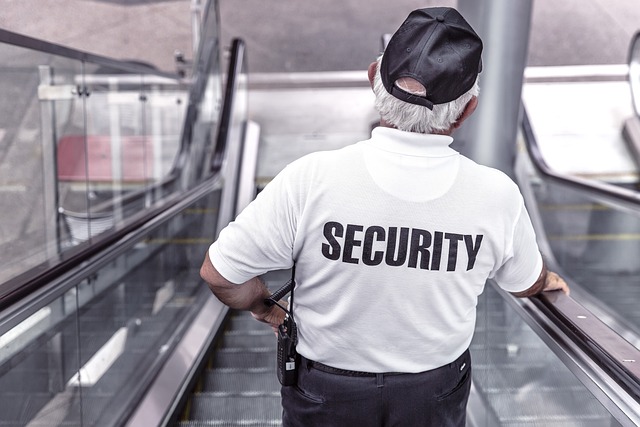
Awareness and Vigilance form the bedrock of DIY safety, empowering individuals to take control of their personal security in daily life. Staying alert and observant is a simple yet potent personal safety measure. It involves being mindful of your surroundings, noticing unusual activities or behaviors, and understanding potential threats. By cultivating this heightened sense of awareness, you can quickly identify dangerous situations, enabling you to take proactive steps for your protection.
This vigilance doesn’t mean living in constant fear but rather embracing a state of prepared mindfulness. Easy safety improvements like scanning your environment, particularly in unfamiliar places, can go a long way. Simple safety strategies such as knowing emergency exits and routes, keeping personal belongings secure, and trusting your instincts when something feels amiss, are all part of enhancing personal security. These everyday protection steps are accessible to everyone and can significantly contribute to an individual’s overall well-being.
– Enhancing situational awareness
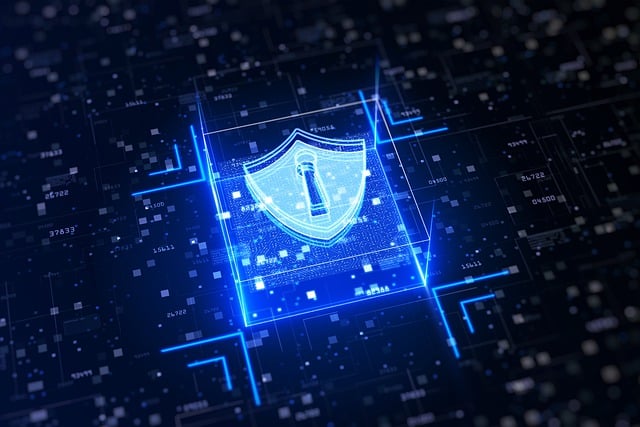
In today’s world, staying alert and aware is a powerful DIY safety tip for enhancing your personal security. Situational awareness, often overlooked as a simple everyday protection step, can be a game-changer when it comes to keeping yourself safe. It involves being fully present in your environment, observing what’s happening around you, and understanding potential risks or unusual behavior. By practicing this skill, you can quickly notice suspicious activities or individuals, enabling you to take appropriate action or seek help if needed.
Developing this sense of awareness is an easy safety improvement that can be incorporated into your daily routine. When out in public, make it a habit to notice your surroundings—the people around you, the layout of the place, and any unusual occurrences. Simple safety strategies like these can empower you to better navigate various environments and situations, ensuring you’re not only physically safer but also more prepared to handle unexpected events.
– Tips for staying alert in public spaces

Staying alert is a fundamental aspect of enhancing personal security in public spaces. It’s a simple yet powerful DIY safety tip that can make a significant difference. When out and about, take a moment to assess your surroundings—notice what’s happening around you, pay attention to any suspicious activity or individuals, and be aware of high-traffic areas. This heightened awareness is one of the best personal safety measures you can take. Simple safety strategies like these can help you spot potential threats early on, allowing for swift action or avoidance if needed.
Practicing mindfulness while in public places is an easy safety improvement that everyone can implement. Consider making it a daily habit to stay focused and present. Avoid distractions like your phone or headphones that might tune out your senses. Instead, keep your eyes and ears open, observe people’s body language, and trust your instincts. If something feels off, remove yourself from the situation, ensuring you have a clear path to safety and trusted individuals nearby. These everyday protection steps are easy to remember and can be life-saving when practiced consistently.









